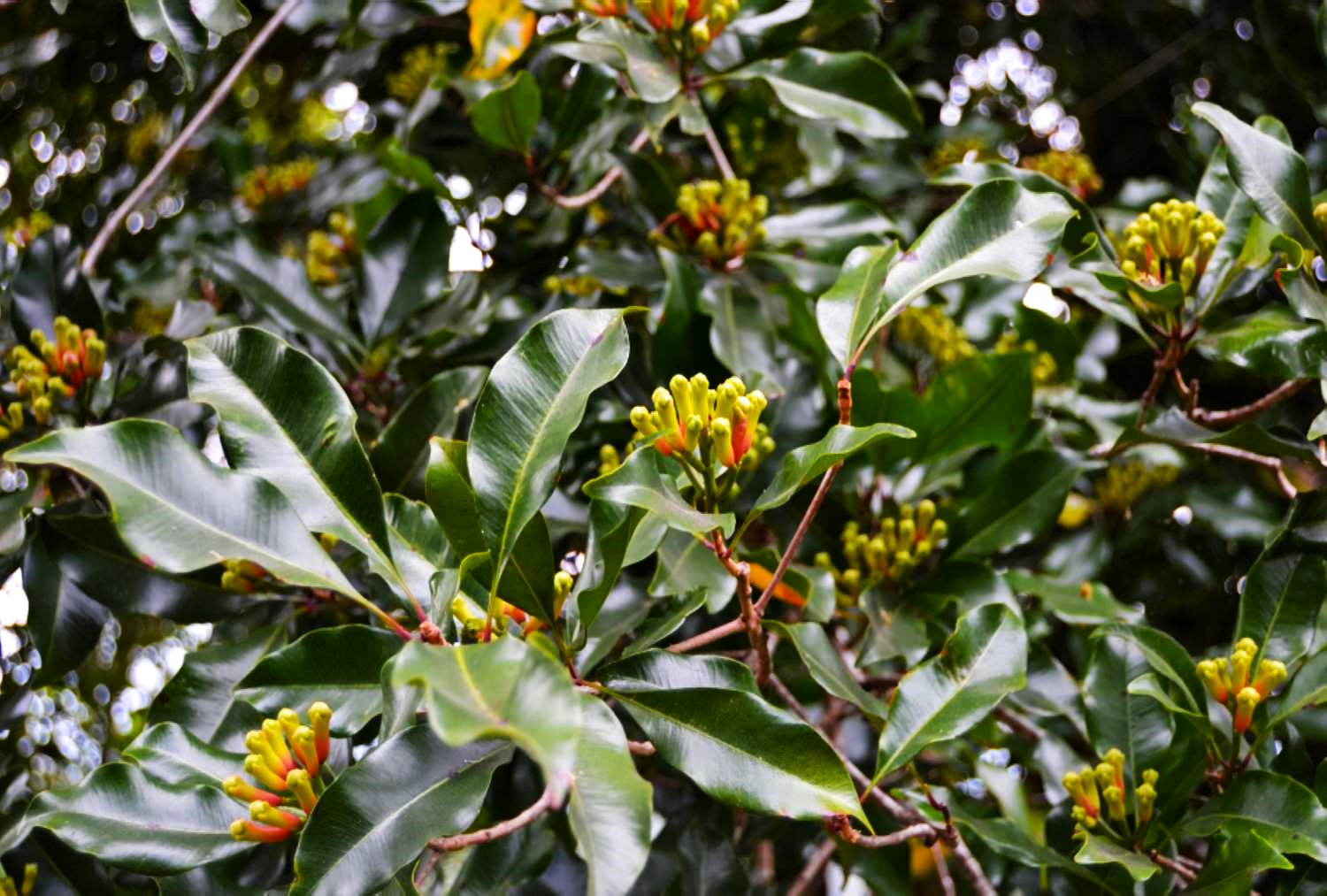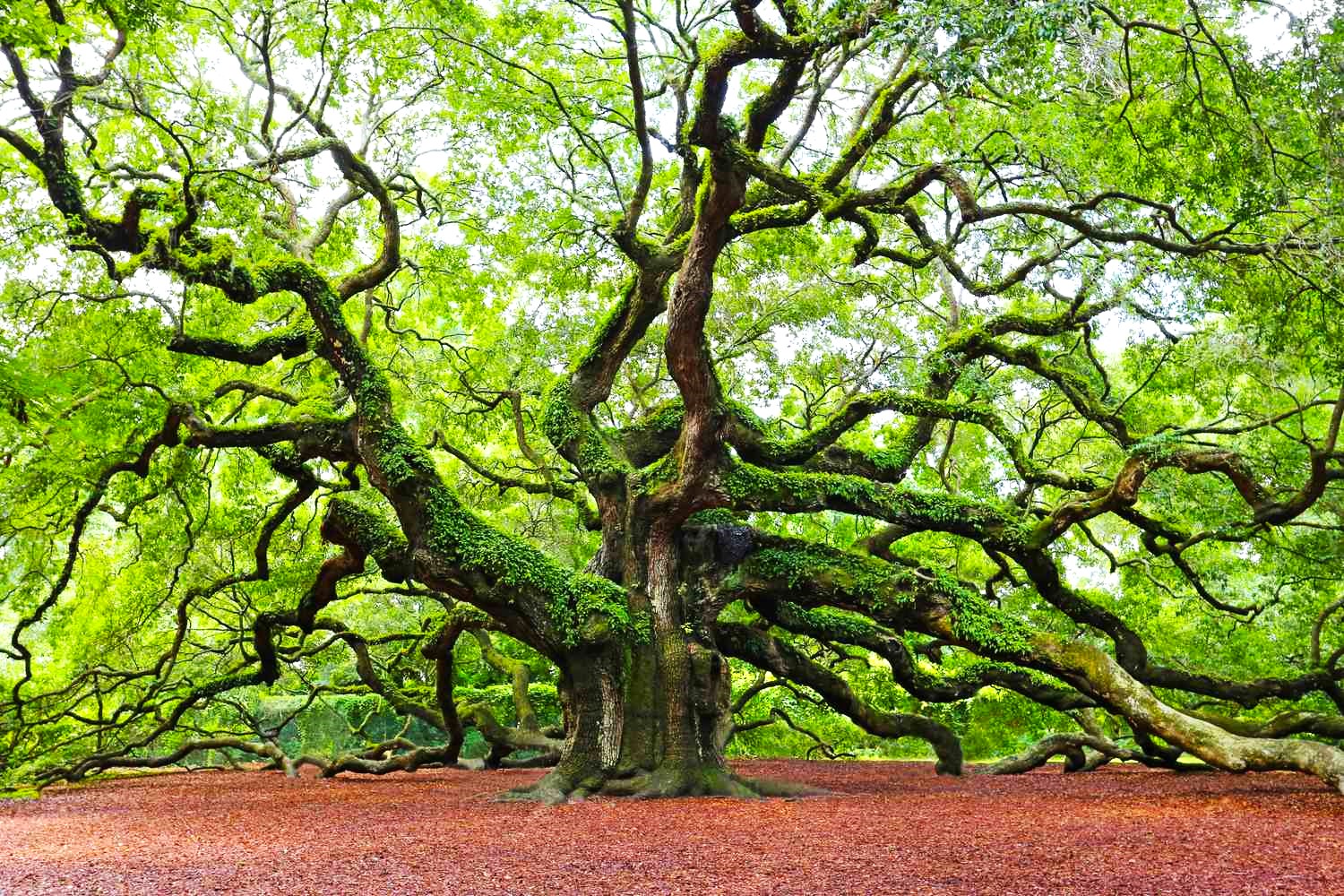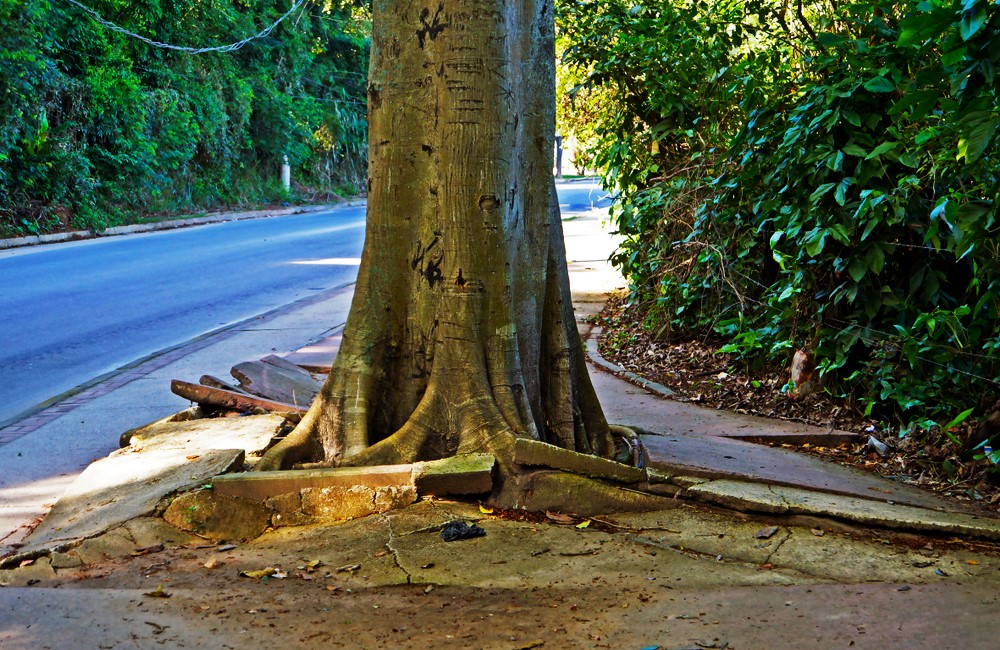Clove Tree Sumatra: What is Clove Sumatra Disease?

A severe issue affecting clove trees, especially in Indonesia, is Sumatra disease. It progressively kills the tree by causing dieback of the leaves and twigs. To find out more about the signs of clove tree sumatra disease and how to take care of and cure infected cloves, continue reading.
What is the Sumatra Clove Disease?
Ralstonia syzygii is the bacterium that causes Sumatra disease. The clove tree is its sole host (Syzygium aromaticum). Larger, older trees that are at least ten years old and 28 feet (8.5 meters) tall are typically affected. Dieback of leaves and twigs is one of the disease’s initial symptoms, and it typically affects older growth. The dead leaves may fall from the tree or they may turn brown and stay there, giving the tree a shriveled or burned look. Additionally, impacted stems may droop, giving the tree an uneven or jagged overall shape. Only one side of the tree may occasionally be impacted by this dieback. Gray to brown streaks may show up on the more recent stems, and the roots may begin to rot. The tree as a whole will eventually die. It usually takes six months to three years for this to occur.
Fighting the Disease of Sumatra Cloves
How can sumatra disease in cloves be treated? According to certain research, giving clove trees an antibiotic inoculation prior to the onset of symptoms can help delay the onset of symptoms and increase the trees’ productive lifespan. However, some leaf burn and flowerbud stunting are the results of this. Sadly, using antibiotics to treat the illness does not result in its cure. Since Hindola spp. is the insect that disseminates the bacteria, insecticidal control may be able to stop the disease from spreading. Insecticide is by no means a perfect solution, though, as the bacterium spreads quickly and uses few insect vectors.





